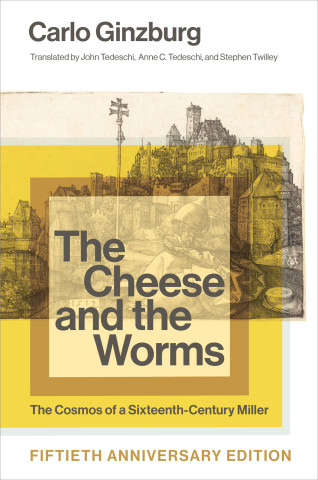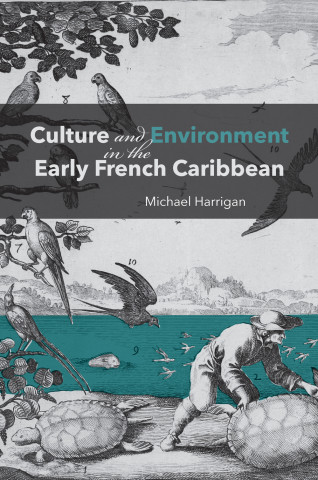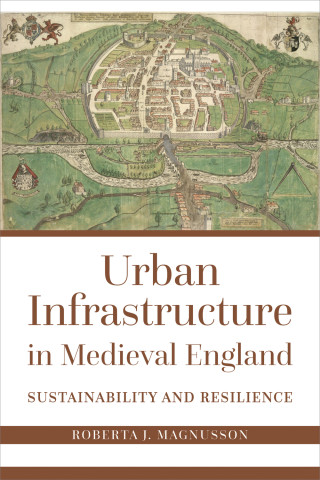
Reviews
When The Cheese and the Worms burst into print fifty years ago, it opened up a new dimension to cultural history. Now it has become a classic, as fresh as ever.
The Cheese and the Worms is the masterpiece of microhistory. It disturbs and puzzles with its intimate portrait of an obscure miller's wild cosmology that led to his execution as an unrepentant heretic and uncovers deep layers of popular religious thought boiling in the caldron of the Reformation.
In 1976, The Cheese and the Worms deciphered in the exceptional life story of a sixteenth-century miller some of the fundamental beliefs of early modern European societies. Fifty years after, Carlo Ginzburg's book is as lively and inspiring as it was for its first readers.
Book Details
Contents
Preface to the 2013 Edition
Translators' Note
Preface to the English Edition
Preface to the Italian Edition
Acknowledgements
1. Menocchio
2. The town
3. First interrogation
4. "Possessed?"
5. From
Contents
Preface to the 2013 Edition
Translators' Note
Preface to the English Edition
Preface to the Italian Edition
Acknowledgements
1. Menocchio
2. The town
3. First interrogation
4. "Possessed?"
5. From Concordia to Portogruaro
6. "To speak out against his superiors"
7. An archaic society
8. "They oppress the poor"
9. "Lutherans" and Anabaptists
10. A miller, a painter, a buffoon
11. "My opinions came out of my head"
12. The books
13. Readers of the town
14. Printed pages and "fantastic opinions"
15. Blind alley?
16. The temple of the virgins
17. The funeral of the Madonna
18. The father of Christ
19. Judgment day
20. Mandeville
21. Pigmies and cannibals
22. "God of nature"
23. The three rings
24. Written culture and oral culture
25. Chaos
26. Dialogue
27. Mythical cheeses and real cheeses
28. The monopoly over knowledge
29. The words of the Fioretto
30. The function of metaphors
31. "Master," "steward," and "workers"
32. An hypothesis
33. Peasant religion
34. The soul
35. "I don't know"
36. Two spirits, seven souls, four elements
37. The flight of an idea
38. Contradictions
39. Paradise
40. A new "way of life"
41. "To kill priests"
42. A "new world"
43. End of the interrogations
44. Letter to the judges
45. Rhetorical figures
46. First sentence
47. Prison
48. Return to the town
49. Denunciations
50. Nocturnal dialogue with the Jew
51. Second trial
52. "Fantasies"
53. "Vanities and dreams"
54. "Oh great, omnipotent, and holy God..."
55. "If only I had died when I was fifteen"
56. Second sentence
57. Torture
58. Scolio
59. Pellegrino Baroni
60. Two millers
61. Dominant culture and subordinate culture
62. Letters from Rome
Notes
Index of Names






